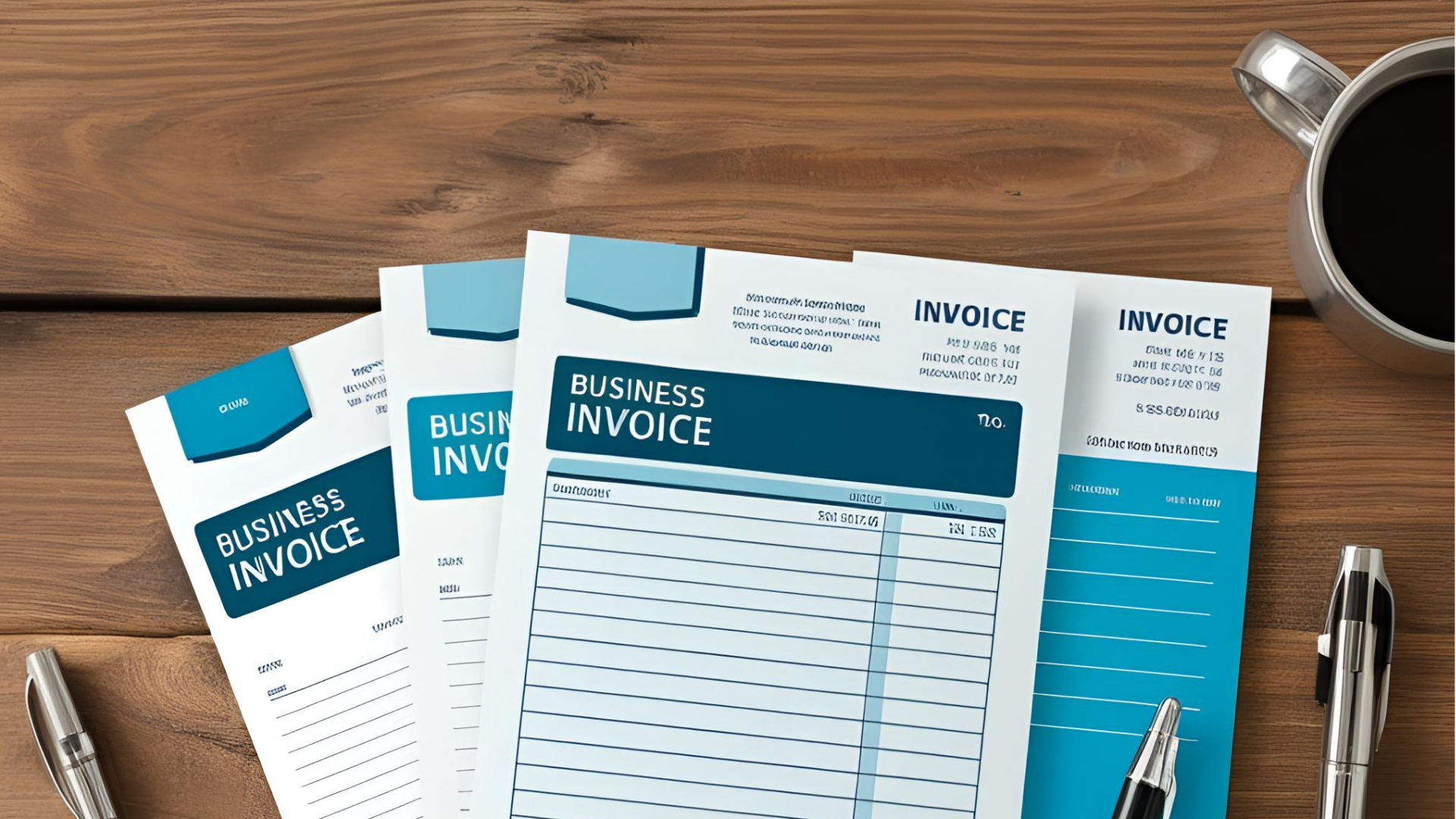Bookkeeping
Small Business Owners Guide to Creating the First Invoice
May 8, 2025

You’ve done the work. The project is complete. The service or the product is delivered. Now, it is time for the best part. Getting paid. But there is one small problem. You need to send an invoice.
If you are new to invoicing, it can feel overwhelming.
- What details should you include?
- How do you set payment terms?
- And how do you make sure your client actually pays you on time?
A poorly written invoice can lead to delayed payments, client confusion, and cash flow headaches you do not need.
The good news? Invoicing doesn’t have to be complicated. With a clear process in place, you can ensure your invoices are professional, easy to understand, and most importantly, paid on time. Let us break it down step by step.
Include These Essential Details (or Risk Delayed Payments)
An invoice isn’t just a payment request. It is a legal document that serves as proof of the transaction. If it’s missing key details, your payments could be delayed to the next billing cycle due to a lot of back and forth.
Here’s what every invoice must include:
- Business Information – Your name, business name, phone number, email, and address. If your business is registered with the Canada Revenue Agency (CRA), include your business number (BN) for tax purposes.
- Client’s Information – Their name, business name (if applicable), and contact details.
- Invoice Number – Use a simple numbering system like INV-001, INV-002, and so on. This keeps your records organized.
- Invoice Date and Due Date – Clearly state when the invoice was issued and when payment is due. Instead of vague terms like “Due upon receipt,” say “Payment due by April 15, 2025.”
- Detailed List of Services or Products – Be specific. List down what was provided, along with quantities, rates, and total amounts. This prevents confusion and unnecessary back-and-forth with the client.
- Subtotal, Taxes, and Grand Total – If you are registered with Goods and Services Tax, don’t forget to add the GST number and charge GST/HST. If it is a business-to-business transaction, you may add the client’s GST number, if any. Incomplete invoices can create tax problems down the road.
- Payment Terms and Methods – Spell out how you accept payments (e-transfer, credit card, cheque) and any penalties for late payments. You can provide bank details in the invoice itself in the case of net banking.
If your invoice is missing even one of these details, expect delays.
Make It Look Professional (Because a Messy Invoice Won’t Get Paid Quickly)
A disorganized or confusing invoice can create friction in the payment process. If your client has to hunt for the total amount due or can’t read the payment instructions, they’ll put it off, which means you wait longer for your money.
Here’s how to make sure your invoice looks professional:
- When creating your invoice, use a clean, simple template. Stick to one font, avoid clutter, and ensure key details (like the total due and due date) stand out.
- Add your logo if you have one. It makes your invoice look polished and official.
The goal is to make it easy for anyone who sees the invoice understand the transaction at a glance. Remember, invoices also act as documentary proof of your income and client’s expenses. An incomplete invoice or mismatch in invoice number or payments could create problems with the CRA.
Set Payment Terms That Work for You and Your Client
If your invoices don’t specify when and how you expect to be paid, some clients may drag payments out for weeks or even months.
Every invoice should include:
A clear due date – Instead of leaving it open-ended, choose terms like:
- Net 30: Payment due in 30 days (standard, but slow).
- Net 15: Payment due in 15 days (better for cash flow).
- Due on Receipt: Payment expected immediately (great in theory, harder in practice).
Late payment penalties – If you want clients to take your deadlines seriously, charge a late fee. Example: “A 5% late fee will be applied to overdue invoices.”
Early payment incentives – Want to encourage faster payments? Offer a small discount. Example: “Pay within 7 days and get 2% off.”
Send the Invoice and Follow-Up (Because Clients Forget)
You’d think sending an invoice is the easy part, but plenty of things can go wrong:
The invoice gets lost in emails – Your client receives hundreds of emails a day. Make sure your invoice stands out with a clear subject line:
Subject: Invoice #002 – [Your Business Name]
You can also ask for acknowledgement of the receipt or drop a message after sending the invoice.
The client “forgets” to pay – It could be in some cases that the client forgets to pay. Send a friendly reminder a few days before the due date:
“Hi [Client’s Name], just a quick reminder that Inv #002 is due on April 15. Let me know if you need any details. Thanks!”
The invoice was incorrect – If your invoice has errors (wrong amounts, missing tax info, unclear descriptions), your client might delay payment. Always double-check before sending.
If the payment is late, follow-up. Start polite, but if the client ignores you, get firmer, especially if a late fee applies.
Track Invoices Like Your Business Depends on It (Because It Does)
An invoice isn’t just about getting paid. It’s also a financial record. If you don’t track which invoices are paid, pending, or overdue, you’re setting yourself up for cash flow problems.
- Save copies of all invoices – Keep digital backups.
- Match payments to invoices – Ensure every invoice sent is paid.
Because nothing is worse than realizing six months later that you forgot to follow up on an unpaid invoice.
Common Invoicing Mistakes (That Will Delay Your Payments)
Even if you follow the steps above, small mistakes can slow down your payment process. Avoid these:
- Forgetting to include taxes – The CRA doesn’t play around with tax mistakes.
- Not setting clear due dates – If it’s not specific, some clients will pay whenever they feel like it.
- Being too vague on service or product descriptions – If your client doesn’t understand the charges and delay payment.
- Not following up on overdue invoices – Hoping they’ll pay eventually? That’s not a strategy.
So, if you’ve been putting off sending your first invoice, stop waiting. Follow these steps, send them on time, and get paid for the work you’ve done.
Contact KSSP Partners LLP in Markham to Help You Set Up a Professional Invoicing System
Talk to a professional bookkeeper to ensure your first invoice includes all the right details and avoid common payment delays. At KSSP Partners LLP, we provide services such as invoice preparation, payment term setup, and setting invoice follow-up. To learn more about how KSSP Partners LLP can provide you with expert bookkeeping support, contact us online, or by telephone at 289-554-5997.


